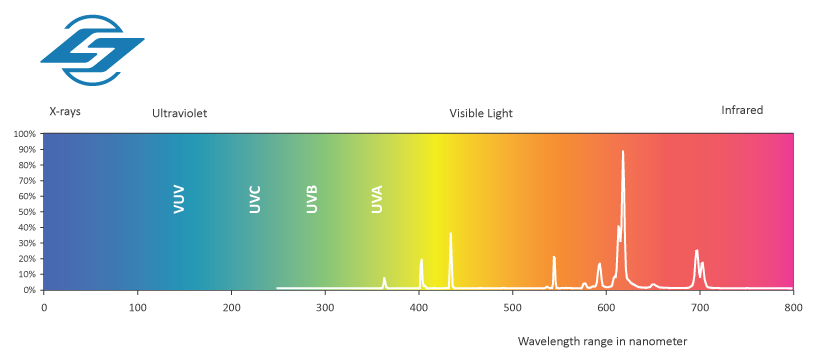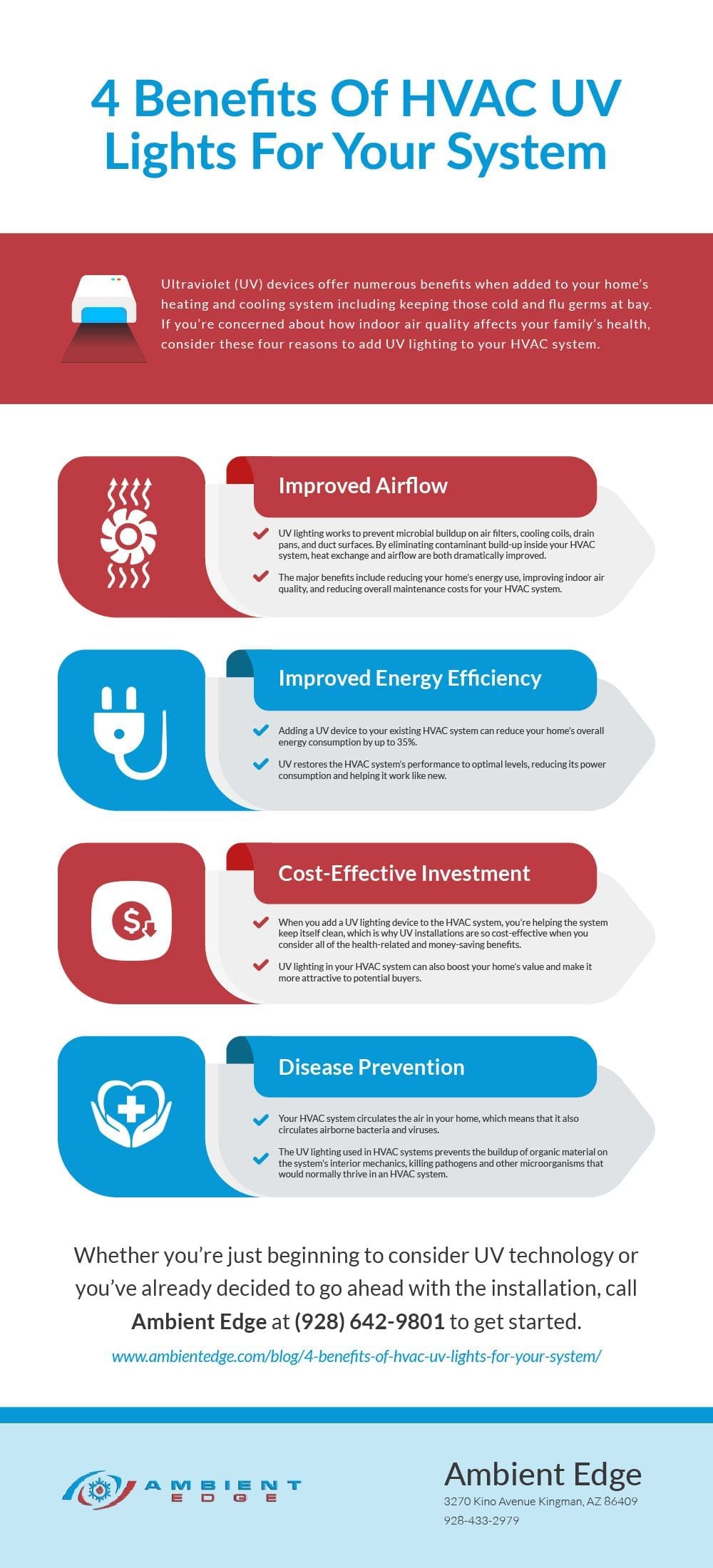The Buzz on Uvc Light
The Buzz on Uvc Light
Blog Article
Uvc Light Fundamentals Explained
Table of ContentsOur Uvc Light StatementsSome Known Incorrect Statements About Uvc Light All about Uvc LightWhat Does Uvc Light Do?3 Simple Techniques For Uvc LightUvc Light Things To Know Before You Get This
A brand-new type of ultraviolet light that might be safe for people took less than 5 mins to decrease the degree of indoor air-borne microorganisms by greater than 98%, a joint research by researchers at Columbia University Vagelos University of Physicians and Surgeons and in the U.K. has discovered. Also as microbes proceeded to be splashed into the room, the level stayed extremely low as lengthy as the lights got on.But until currently these studies had only been performed in small experimental chambers, not in full-sized spaces resembling real-world problems. In the current research, researchers at the University of St. Andrews, College of Dundee, College of Leeds, and Columbia College checked the efficiency of far-UVC light in a huge room-sized chamber with the exact same ventilation price as a normal home or office (regarding three air modifications per hour).
The efficiency of different strategies to decreasing indoor infection levels is normally gauged in regards to equal air adjustments per hour. In this study, far-UVC lights produced the equivalent of 184 equal air exchanges per hour. This goes beyond any kind of various other strategy to decontaminating occupied indoor rooms, where 5 to 20 equal air modifications per hour is the best that can be attained virtually.
The Ultimate Guide To Uvc Light

The primary criteria of UV-C sanitation are wavelength, dosage, family member moisture, and temperature. There is no agreement regarding their optimum values, but, as a whole, light at a high dose and a spectrum of wavelengths containing 260 nm is preferred in an atmosphere at space temperature level with reduced family member moisture. This light can be created by mercury-vapour, light-emitting diode (LED), pulsed-xenon, or excimer lamps.
There are wellness and safety and security risks associated with the UV-C modern technology when used in the proximity of people. UV-C disinfection systems have encouraging attributes and the prospective to boost in the future. Clarifications bordering the different parameters influencing the technologies' effectiveness in medical facility environment are required. Therefore UV-C sanitation must currently be taken into consideration for low-level instead than top-level disinfection.
An additional application occurred in 1910 when UV light was used to decontaminate water. The innovation was not really reputable at the time and it took even more technological advancements prior to UV water disinfection ended up being preferred once more in the 1950s [ 2] Nowadays, UV light is utilized for water, air, food, surface, sites and clinical tools sanitation.
Uvc Light - An Overview
This results in the disruption of DNA or RNA, leading to the inactivation of the micro-organism. UV-C-induced DNA interruption frequently is composed of the bonding of 2 neighbouring thymine (or cytosine) bases rather of the standard connecting of a base with its corresponding base on the various other strand.

The This Site UV-C zone is used for disinfection but there is no agreement on the specific optimal wavelength. Light at 260 nm can cause the most disruption. Different micro-organisms are most at risk to slightly different wavelengths.
Rumored Buzz on Uvc Light
It even has an extra benefit by reducing photoreactivation with a reduction of photolyase [9] On the other hand, it has technical ramifications considering that the complete energy of the beam is then separated over all existing wavelengths. For that reason, a micro-organism that is prone to 254 nm light will be suspended more by a lamp that emits solely light at 254 nm than a light a knockout post that discharges a wavelength range at equivalent complete power.
Direct exposure times of 1045 min for room sanitation and 25 s to 5 min for clinical tools were come across in literature. The strength is vice versa proportional to the made even distance between the source of light and the surface area and is for that reason defined at the surface in the dose computation formula [14]
Additionally, the output of a lamp lowers over time, so it is recommended to calculate the dosage at the end of lamp life, which is agent of a worst-case situation. The dosage likewise influences the amount of photoreactivation.
The influence of temperature level depends on the light resource.
Uvc Light - The Facts


This is referred to as much UV-C technology and is a relatively new disinfection approach with minimal understanding regarding its performance. This makes it riskier to entirely depend on this modern technology for sanitation in the health center and it is consequently not extensively made use of [21] Nevertheless, it additionally has benefits such as a lowered danger for use near people because of a reduced penetration deepness right into the skin and eyes [ 26]
In research study, the outcomes on pulsed versus constant UV-C sanitation efficiency vary. When comparing pulsed and constant light it is vital to maintain other variables such as wavelength and dosage constant.
Some Known Factual Statements About Uvc Light
In situation ozone is not needed for sanitation, a customized lamp can be used. For mercury-vapour lights, drugged quartz glass or specialized soft glass can filter out short-wave UV-C light - uvc light.
Report this page